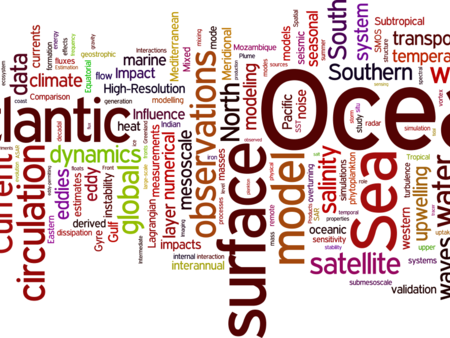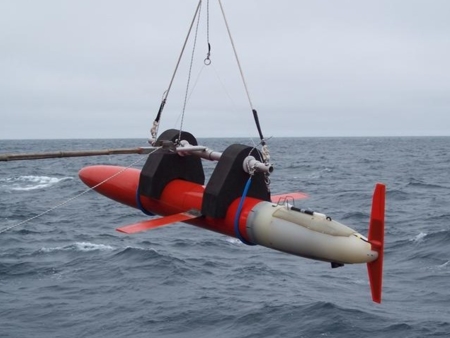Pierre Le Bras
Titre de la thèse : Analog methods to identify global oceanographic simulations
Encadrants : Florian Sévellec et Pierre Tandeo (LabSTIC, IMTA)
Financements : demi bourses UBO et région Bretagne
Date de début : 01/10/2020
Résumé : Accurately depicting the future evolution of the climate is a key question and challenge for the scientific community. To anticipate climate changes, global simulations of the earth system are provided by several environmental national agencies. These simulations are coming from a range of state-of-the-art models. These models differ from their choice of specific numerical schemes and parametrizations representing unresolved processes (e.g., oceanic convection, cloud dynamics). Moreover, each climate simulation is computed with model forced by various future scenarios (i.e., representing a range of greenhouse gas emission scenarios). The response of these climate models to these emission scenarios, together with their internal and external variabilities, leads to a large spread in the climate projection for the next decades.
Purpose. The AMIGOS thesis project aims at reducing the uncertainty of decadal climate projections by extracting the most likely projections of climatically-relevant metrics.These climate metrics are easy to extract and manipulate from global earth simulations. We will also take advantage that some of these metrics have been monitored for several years through in situ or satellite observations. An emblematic example is the Atlantic Meridional Overturning Circulation (AMOC), which has a strong climatic influence over regions surrounding the Atlantic Ocean (e.g., Europe, North America, Western Africa) and is operationally monitored since 2004.
Method and data. In the aim of extracting the most likely projections of a range of climate metrics such as the AMOC, the AMIGOS project will evaluate the likelihood of each model simulation and will attribute it a weight. From these weights, a weighted/probabilistic projection will be reconstructed, defining the most likely projections. The criterion to compute the likelihoods, and so the weights, is the adequacy between observations and model dynamics. Here, the local likelihood of each model is sequentially computed in a data assimilation framework thus taking into account the local dynamics of each model.
The idea here is to use already existing global oceanographic simulations (e.g., the recent CMIP6 database) and the analog method to avoid the need to compute new climate model simulations, as in classic data assimilation. Indeed, the analog method is able to product low cost forecasts from historical data, and can directly forecast a climate metric. Finally, analog forecasting can be easily added to data assimilation procedures for computing likelihoods of each model, in the goal of providing the range of most likely projections of climate metrics.
References
- Carrassi, A., et al. (2017). Estimating model evidence using data assimilation. Quarterly Journal of the Royal MeteorologicalSociety, 143(703), 866-880.
- Knutti, R., Baumberger, C., & Hadorn, G. H. (2019). Uncertainty Quantification Using Multiple Models—Prospects and Challenges. In Computer Simulation Validation (pp. 835-855). Springer, Cham.
- Lguensat, R., Tandeo, P., Ailliot, P., Pulido, M., & Fablet, R. (2017). The analog data assimilation. Monthly Weather Review, 145(10), 4093-4107.







